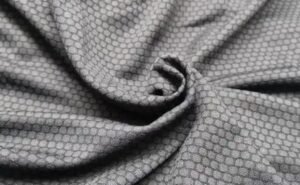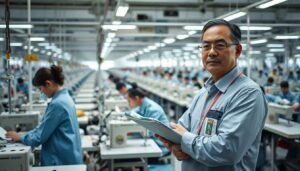Want to know how garments are made in a garment factory? The process from start to finish is all here. It starts with inspecting the fabric, then cutting, printing, sewing and packaging, and finally delivering to the retail store or customer. This article will give you a detailed description of each process of garment production and introduce the layout of a garment factory and the common problems in garment production.
The production process of a garment factory
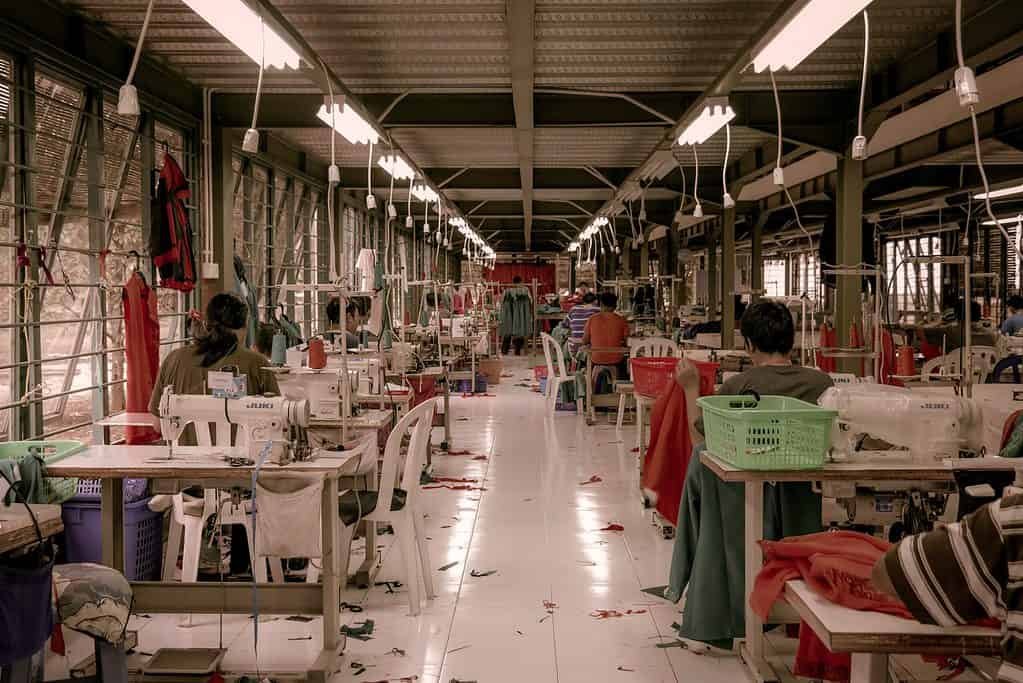
First, check the fabric. The fabric is the first step in the garment production process, because if the fabric is not good, it will affect the quality of the whole garment. The factory personnel will check the fabric carefully to see if it has defects and meets the requirements.
Then, the fabric is cut. According to the design drawings, the factory personnel will cut the fabric into the parts needed for the garment. This step is one of the key steps in making the garment because if the cut is not accurate, it will affect the appearance of the garment.
Next, the fabric is printed. A print is a pattern or logo that can be made on the fabric by pressing, dyeing or embroidering. And in garment factories, printing is done by machines. First, the fabric is put into the printing machine, and then it is printed according to the set pattern.
After that, the fabric is sewn. Sewing is the process of sewing different parts of the fabric together by thread. In garment factories, it is usually done by experienced sewers using sewing machines. They will sew the different parts of the fabric according to the design drawings.
Finally, packaging and shipping are performed. The garments are folded into bags and put into cartons, and then transported to retail stores or customers by express or other means to complete the production of the garments. Packaging is a very important part because good packaging can ensure that the garments will not be damaged during the transportation process, so that customers can receive a satisfactory product.
The above is the production process of a garment factory. With the above steps, you can see that there are several steps to go through to produce a garment. Starting from checking the fabric, then cutting, printing, sewing and packaging, and finally delivering to the retail store or customer. As long as the designer provides the drawing and sample garment, the factory personnel can produce according to the drawing. With the assistance of machines, a garment can be completed very quickly.
The production process in a garment factory is a tedious and complicated process that requires a clear division of labor and cooperation among each department in the factory to complete successfully. Of course, as time goes by, the production process in a garment factory is constantly being improved and optimized to meet the ever-changing needs in the market.
If you’re interested in the production process of a garment factory, why not visit a local garment factory and see for yourself!
The layout of a garment factory

Garment factories are generally divided into three departments: the production department, the finance department and the administration department. The production department is responsible for the production of garments, from fabric inspection to cutting, printing, sewing and packaging; the finance department is responsible for the daily expenses and financial management of the company; and the administration department is responsible for the daily affairs of the company.
The production department is one of the most important departments in a garment factory. There are usually different production lines in a garment factory, and each line will have different staff. According to different needs, multiple jobs can be arranged on a production line, and the employees of different jobs cooperate with each other to finish the production of garments.
In a garment factory, an order may involve different jobs in multiple production lines. In order to ensure the smooth completion of the order, the garment factory usually arranges different personnel according to the complexity of the order and the production schedule.
For example, for a single order, if the production schedule is fast, the garment factory may assign a manager to supervise the production schedule and assign several employees to be responsible for different jobs. If the production schedule is slow, the factory may assign only one employee to oversee the production schedule.
In either case, the garment factory makes a detailed production plan for each order and constantly adjusts the production schedule as needed. In a garment factory, there is a department dedicated to developing production schedules, and this department will usually develop production schedules based on customer requests.
The production line in a garment factory is usually staffed by an engineer who is responsible for monitoring the production schedule and ensuring the quality of the garments. For each order, the engineer will prepare a production report and constantly adjust the production schedule according to the actual situation.
Equipment in the garment factory
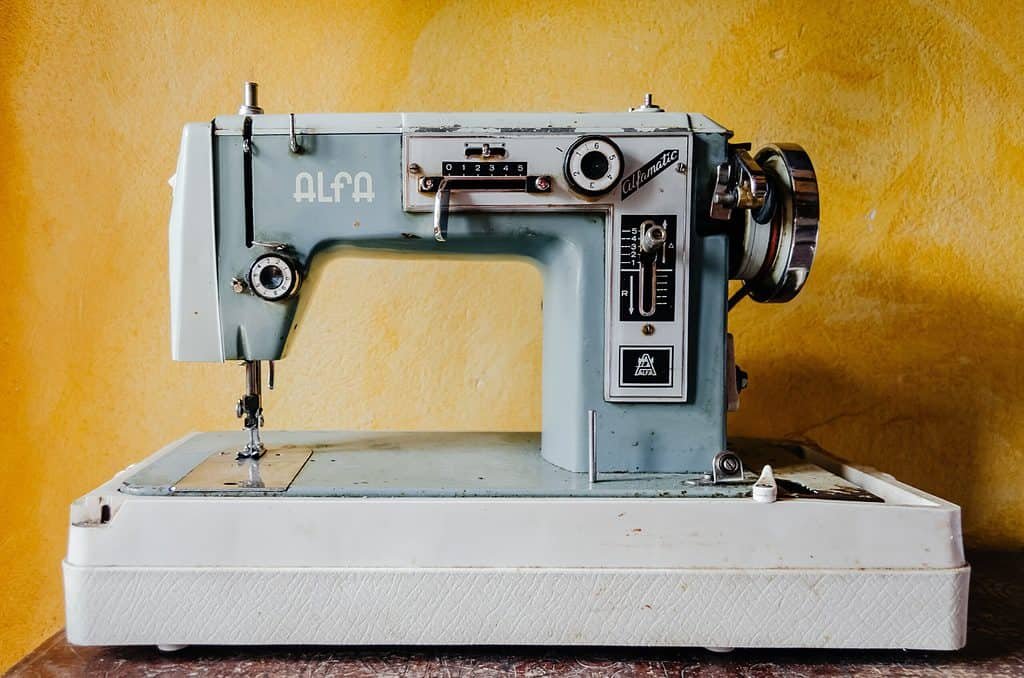
Garment factories use large equipment to produce garments. This equipment includes sewing machines, cutting machines and ironing machines. High-tech equipment helps workers do their jobs and makes production more efficient.
The sewing machine is the main piece of equipment in a garment factory. It is used to join fabrics together to make clothes. The cutting machine is used to cut the fabric and the stamping machine is used to stamping the pattern.
High-tech equipment makes production more efficient. For example, a sewing machine can produce 100 pieces of clothing in an hour, while it would take days for a manual worker to complete the same number of garments. In addition, equipment can help workers perform more difficult tasks. For example, a cutting machine can cut large pieces of fabric in seconds, while it would take hours for a manual worker to complete the same task.
Using equipment to produce garments not only increases productivity, but also reduces the labor of workers. For example, sewing machines can easily join fabrics together, whereas manual labor would require the use of force to do the same job. In addition, the equipment can reduce the hazards encountered by workers. For example, a cutting machine can cut fabric, while a manual worker would need to use a knife to accomplish the same task, which could result in injury to the worker.
Therefore, using equipment to produce garments not only improves productivity, but also reduces the labor intensity of workers and avoids the risk of worker injury.
Problems and solutions in garment processing
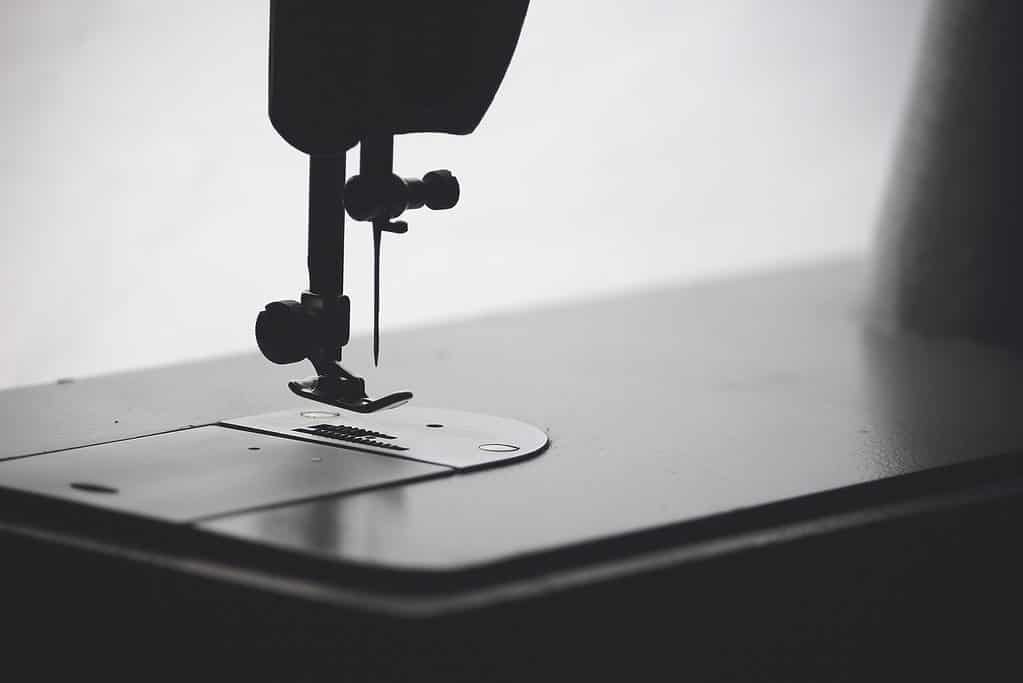
Color difference Solution
When placing an order, ask the customer to provide a standard color card and check it carefully. If color difference is found, communicate with the customer in time to solve the problem.
Unsuitable pattern problem Analysis of causes
The pattern is unsuitable, there are three main reasons. First, the size of the problem; second, the data provided by the designer is not accurate; third, the factory according to the customer’s requirements to produce the wrong version.
Solutions
- Size problem: ask the customer to provide the correct size during the measurement.
- The data provided by the designer is inaccurate: ask the designer to provide accurate pattern data when placing the order.
- The factory made the wrong pattern according to the customer’s requirements: When placing the order, ask the customer to provide accurate pattern data and double check.
Garment quality problems
Reason analysis:
There are three main reasons for garment quality problems. First, the material is not qualified; second, the process is improper; third, the technical level of personnel is not skilled enough.
Solutions
- The material is not qualified: when buying materials, ask the supplier to provide a certificate of conformity.
- The process is not appropriate: in the production process, in strict accordance with the process.
- the technical level of personnel is not skilled enough: when selecting personnel, require a corresponding technical level.
The above is the analysis of the causes and solutions to common problems in garment processing, I hope it can help you.




